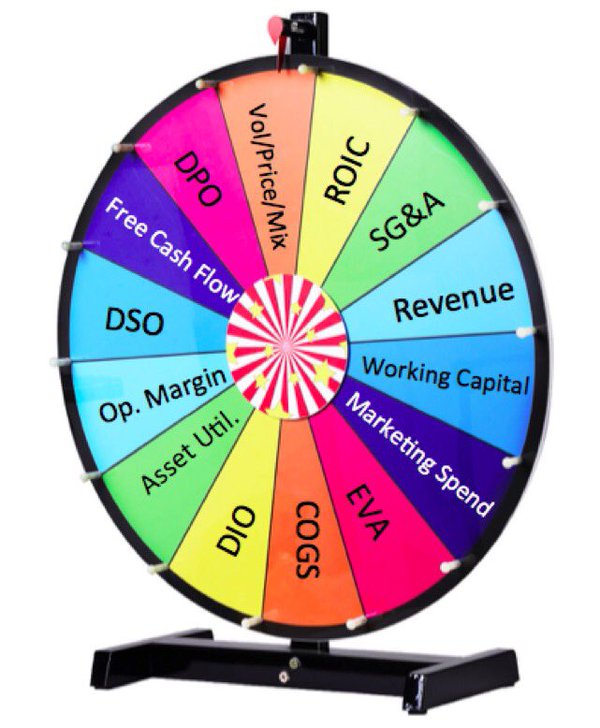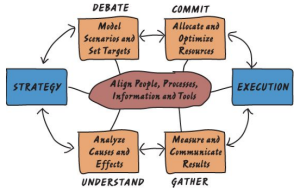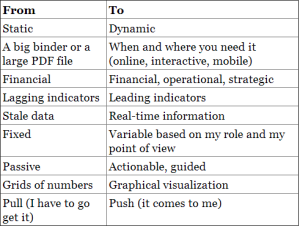The Enterprise Performance Management Wheel of Fortune
December 23, 2015 Leave a comment
I’m extremely proud to announce I’ll be presenting at ODTUG’s Kscope16 in Chicago in July of 2016. For details on the event, click here.
One of my presentations is something new this year: the EPM Wheel of Fortune.

Here’s how it works:
- An audience member volunteers to spin the wheel (yes, it’s literally a wheel that spins), and it will land on a key driver of value in many organizations;
- Then, together with the audience, we agree on the definition of the driver and we decompose it into some of its component parts;
- We take the driver and it’s components and we walk it through the EPM process (see here for more details);
- When the walk-through is done, we’ll have a good set of initiatives that can give new insights and accountability on the main value driver – and use them for competitive advantage.
- Then we do it all over again, using a new spin and a new value-driver.
By the end of this session, participants will see a simple process for uncovering new initiatives that use the power of EPM to make a difference in the business.
Hopefully I’ll see you at Kscope16 in Chicago and we’ll have some fun and learn something new together.








